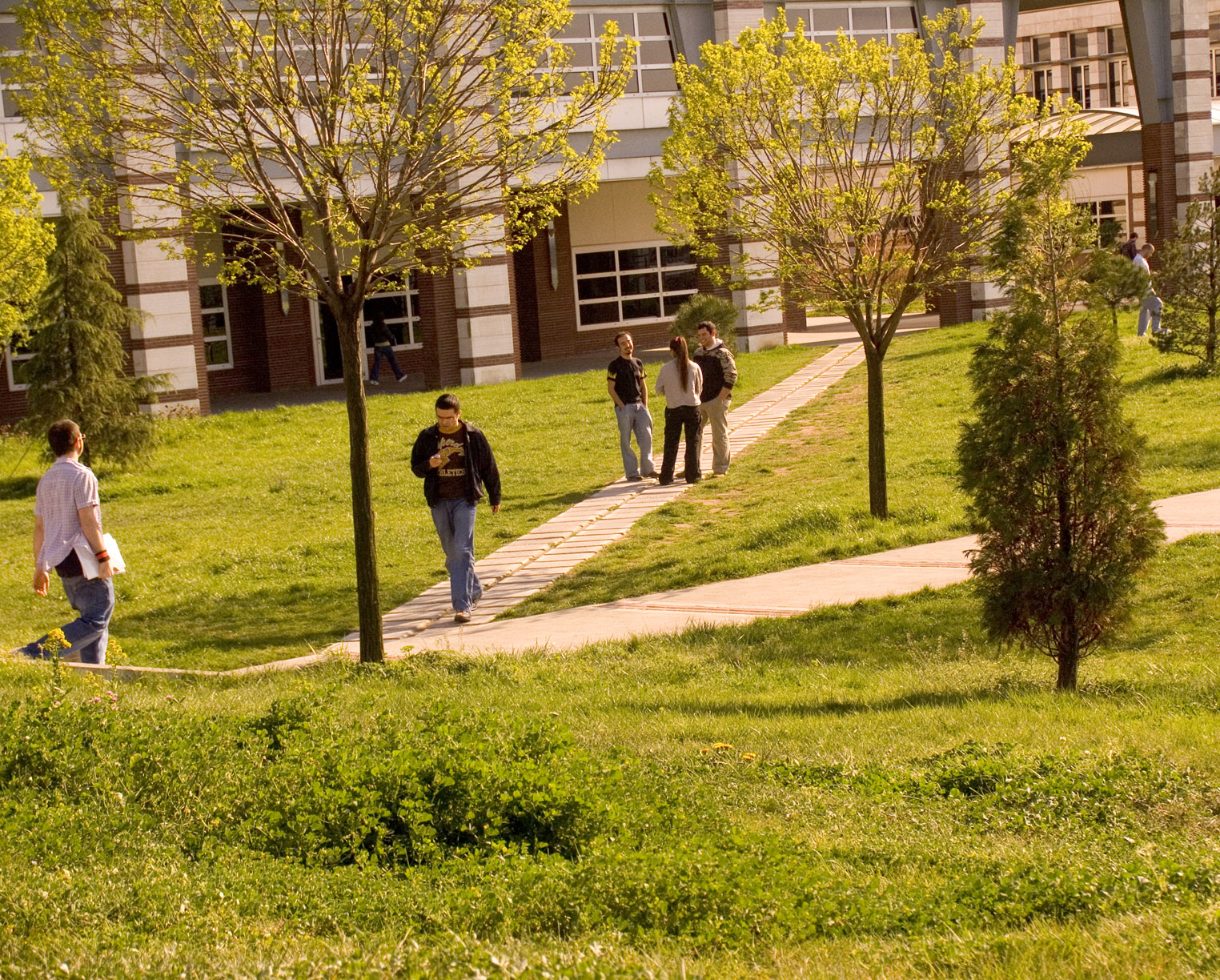 Students face many decisions when beginning their post-secondary education. Locating a school that not only offers their program of choice, but is also appeasing in every other sense can be a challenge. Students want to be confident their choice will result in a viable career. With environmental concerns becoming more prominent in today’s society, scholars are looking for an eco0friendly green campus and green education more than ever before. If we want to continue down a path of sustainable living our educational programs and campuses should reflect this goal.
Students face many decisions when beginning their post-secondary education. Locating a school that not only offers their program of choice, but is also appeasing in every other sense can be a challenge. Students want to be confident their choice will result in a viable career. With environmental concerns becoming more prominent in today’s society, scholars are looking for an eco0friendly green campus and green education more than ever before. If we want to continue down a path of sustainable living our educational programs and campuses should reflect this goal.
So why should your school make the switch to green? It’s important to keep up with this sustainable trend and in doing so you will attract more students as well as more revenue for your school.
Focusing on developing an eco-friendly campus is a great start and an easy solution for attracting in more students. Investing in a recycling program is visible proof to students visiting your campus that providing a clean environment is a priority. Increasingly, visitors want to know if the toilets are flushed with rainwater, whether the residence halls contain recycled material and how much of the electricity comes from wind turbines. Be well prepared for those scoping out your school and first and foremost, invest in a recycling program or focus on boosting your current program. Placing recycle bins throughout your school sends a clear message that your campus takes protecting our environment seriously. Place recycling containers where they are easily accessible and located in high-traffic areas such as your cafeteria, lecture halls or dorm rooms. Providing both indoor and outdoor recycle stations ensures you thoroughly cover your campus surroundings, and allows for organized collection of recyclables and waste. It is important to pair your garbage container with a recycling bin. Without both options, students will be more prone to litter and contaminating garbage collection with recyclable material. Choosing recycling bins that are equipped with recycle signage will reinforce proper recycling practices and remind students to take part.
 Investing in a recycling program for your school will ultimately reduce your costs and generate revenue. Recycling generates revenue to help pay for itself, while land filling does not. Approximately 60% to 80% of what was once considered ‘garbage’ is in fact recyclable. Imagine cutting your trash expense by 80% and then selling the recycled materials at a profit! A recycling program will provide structure and organization when it comes to the collection process at your school. If there are accessible recycling containers on campus, you will reduce the number of pickups and the overall size of your regular waste collection. This convenience generated by the simple solution of recycling bins will save you money. Who wouldn’t want that? It will also attract students who care about the environment and those considering a career in this field. Studies show that green careers are on the rise and more opportunities are becoming available in the recycling and sustainability sectors of employment. Offering the right environmental programs will essentially play a key role in green jobs –creating them, keeping them and helping them grow. Stressing the environmental commitment in aspects of your school both physically and educationally, may contribute to graduates who enter sustainable careers. Because this career field is on the rise, an increase in post graduate-employment will give your school an excellent reputation in the workforce.
Investing in a recycling program for your school will ultimately reduce your costs and generate revenue. Recycling generates revenue to help pay for itself, while land filling does not. Approximately 60% to 80% of what was once considered ‘garbage’ is in fact recyclable. Imagine cutting your trash expense by 80% and then selling the recycled materials at a profit! A recycling program will provide structure and organization when it comes to the collection process at your school. If there are accessible recycling containers on campus, you will reduce the number of pickups and the overall size of your regular waste collection. This convenience generated by the simple solution of recycling bins will save you money. Who wouldn’t want that? It will also attract students who care about the environment and those considering a career in this field. Studies show that green careers are on the rise and more opportunities are becoming available in the recycling and sustainability sectors of employment. Offering the right environmental programs will essentially play a key role in green jobs –creating them, keeping them and helping them grow. Stressing the environmental commitment in aspects of your school both physically and educationally, may contribute to graduates who enter sustainable careers. Because this career field is on the rise, an increase in post graduate-employment will give your school an excellent reputation in the workforce.
It is one thing to embed green education in your curriculum but it is another to also apply the technologies and services throughout your institution as well. Ensuring your school has an effective recycling program that is clearly communicated to your students is an excellent start. Together, these efforts are a sure sign your school supports a greener future. If we are going to strive to better our environment and make a difference, our future generations need to be armed with the proper skills when they graduate. Be sure your school is a contributor!
by Brooke Squires





